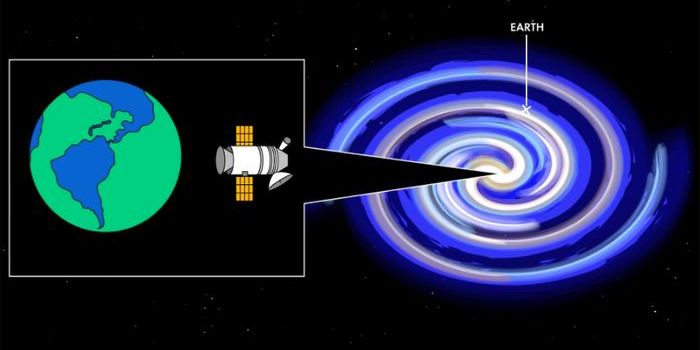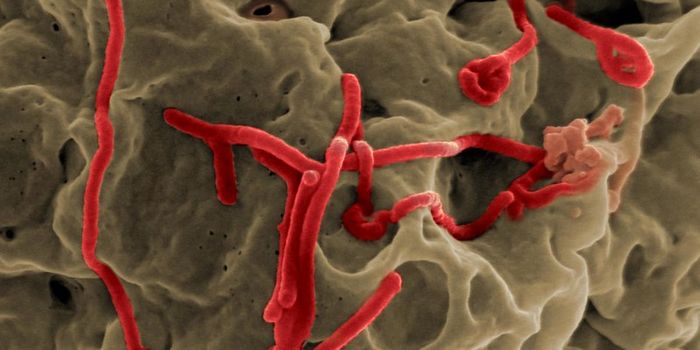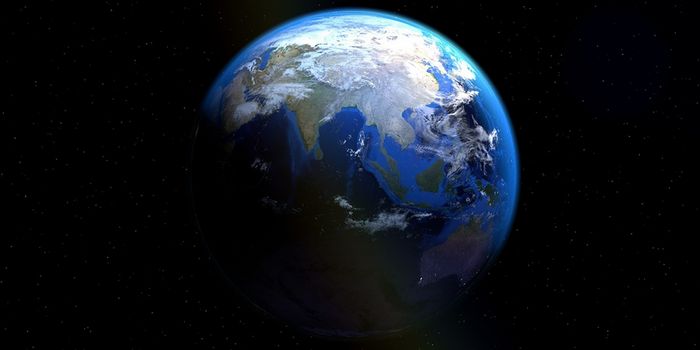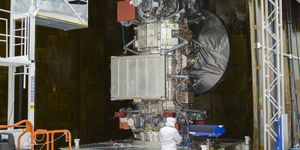Unveiling the Role of Permafrost in Shaping Arctic Watersheds
How can melting permafrost influence climate change? This is what a recent study published in the Proceedings of the National Academy of Sciences hopes to address as a team of researchers from Dartmouth College investigated how permafrost landscapes, which are known for being repositories of organic carbon, could potentially contribute as much carbon to the environment as 35 million cars per year. This study holds the potential to help scientists and policymakers better understand the long-term consequences of climate change across the planet.
"The whole surface of the Earth is in a tug of a war between processes such as hillslopes that smooth the landscape and forces like rivers that carve them up," said Dr. Joanmarie Del Vecchio, who is a Neukom Postdoctoral Fellow at Dartmouth and lead author of the study.
For the study, the researchers analyzed satellite data on more than 69,000 watersheds between just north of the Tropic of Cancer to the North Pole. For context, the Tropic of Cancer runs through central Mexico and northern Africa. The goal of the study was to ascertain the differences in landscapes between regions with and without permafrost. In the end, the researchers found that permafrost landscapes exhibit fewer rivers than landscapes in warmer climates around the world. They then estimated the amount of carbon that was stored within the permafrost that would be released if the permafrost should melt, which they determined would be between 22 billion and 432 billion tons of carbon between now and the end of the century.
Image of study first author, Dr. Joanmarie Del Vecchio, during the study in the Alaskan wilderness. (Credit: Mulu Fratkin)
This study comes as the United States Environmental Protection Agency found that permafrost temperatures have increased between 1978 and 2020. The reason permafrost is so vital to the environment is due to their ability to maintain the vegetation and infrastructure that resides above it. Therefore, if too much permafrost were to thaw, this could have catastrophic consequences for both the environment and for infrastructure, including roads and bridges.
What new discoveries will researchers make about permafrost and its landscape in the coming years and decades? Only time will tell, and this is why we science!
As always, keep doing science & keep looking up!
Sources: Proceedings of the National Academy of Sciences, EurekAlert!, United States Environmental Protection Agency









